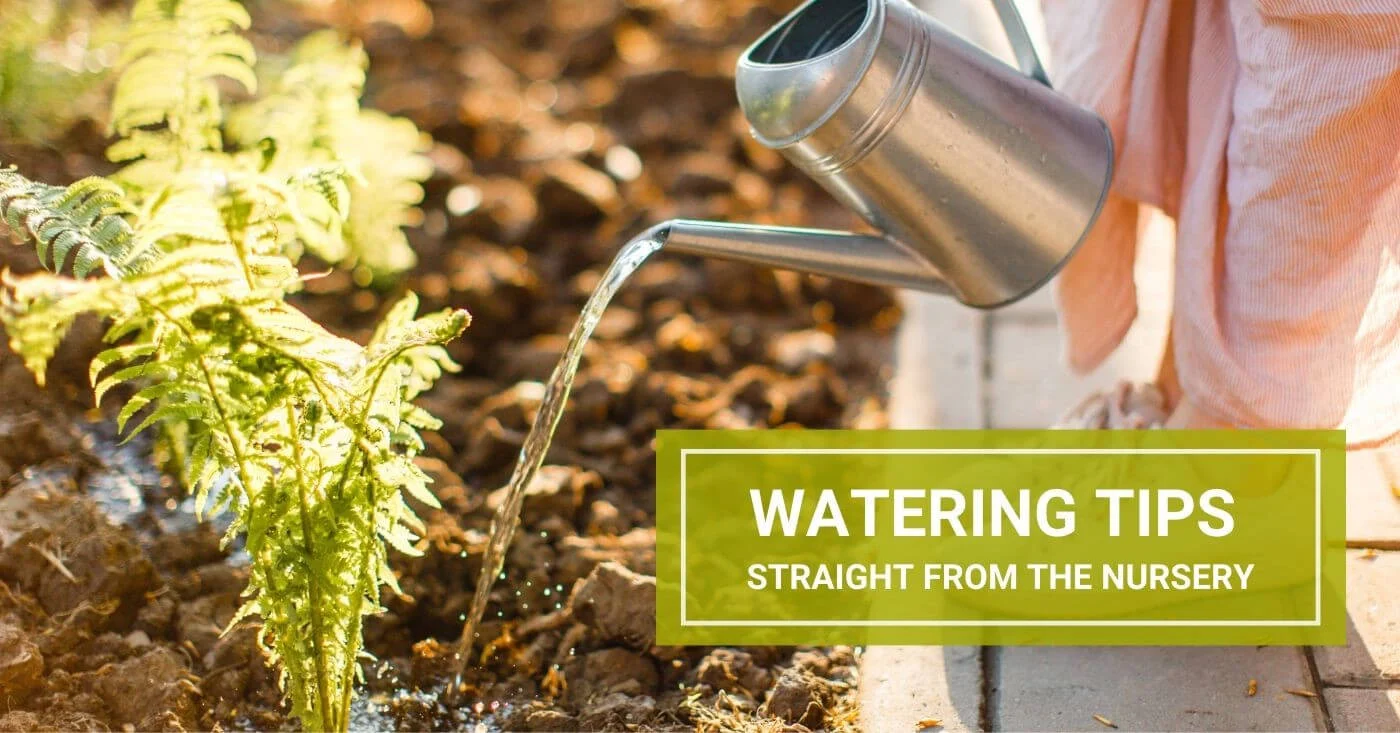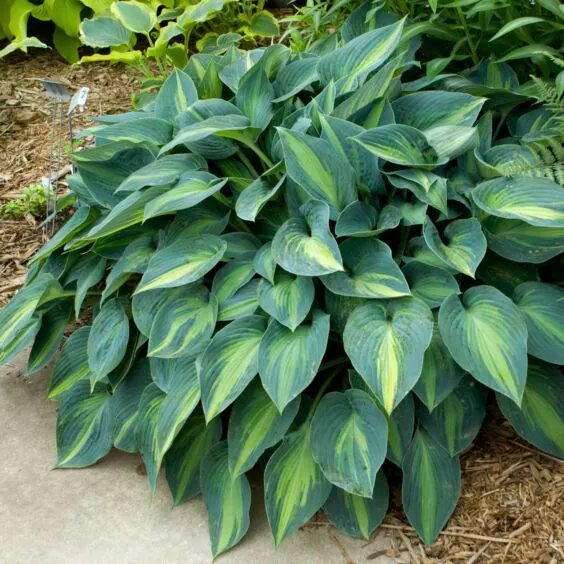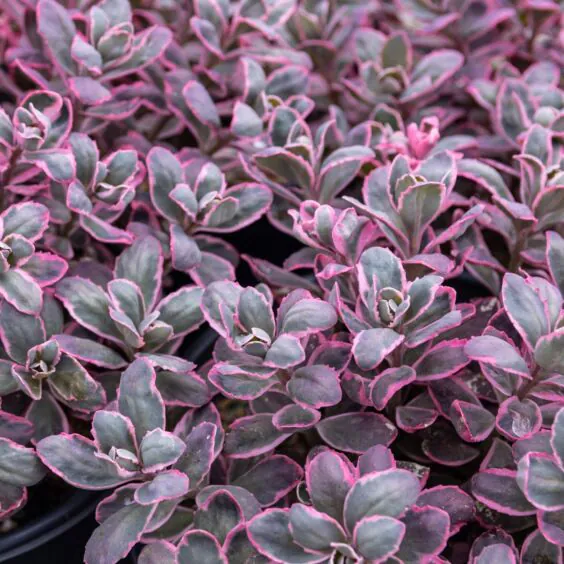My plant is dying, what can I do?

You will never drown a plant within the first week after you’ve planted it. However, the vast majority of plants that die within the first year of planting have been victims to over-watering (especially when lawn irrigation is involved). If the soil feels overly wet, rake back the mulch and aerate the soil to promote drying. Once the soil has become dry, incorporate a watering program, which will allow the soil to dry out between watering.
If moisture is not the problem and bare root plants are involved, heavier pruning is warranted to help stimulate some new growth and hopefully remedy the situation. If the plants are balled & burlapped, or grown in a container or grow bag, they should be shaped or thinned out to help alleviate the shock of transplanting which they experience within the first month or two of planting. A soluble mix of miracle-grow for most deciduous plants or a mir-acid solution for evergreens and acid-lovers often gives great results when used as a watering supplement.
Planting depth may also be a concern if balled & burlapped trees were originally planted too deep. This may stunt overall growth, induce collar rot and promote the attack of fungi and insects below the soil line.
You will benefit by relocating any plants if their health is being jeopardized from downspouts, sump pumps or from dryer, furnace or fireplace vents.
Protect plants during the winter months to prevent injury from deer, rabbits and mice who may easily damage plants from feeding or girdling them at their base. If your plants are injured or in a weakened condition they are more prone to being attacked by insects or disease and should be monitored and treated accordingly.
If it has been a cool, wet spring and your maples or any remaining ash have splotchy leaves and experience premature leaf drop, it is most likely caused by a fungal form of anthracnose. DON’T PANIC! Your trees should re-bud and treatment is usually unwarranted (other than removing and discarding any fallen leaves). Powdery mildew associated with certain lilacs is only cosmetic and will not harm the plants themselves (again discard fallen leaves). If other ornamental plants are affected by a fungal disease they may warrant treatment, however, you can greatly reduce fungal spread by watering only at the base of your plants (avoid any overhead watering of existing foliage).
There are a multitude of insect and disease or cultural problems that can affect plant material and being able to properly diagnose the problem is the first step toward any remedy. Many plants may be adversely affected if you use salt on your driveway and sidewalks, however, those consequences can be just as detrimental as if you’ve recently sprayed your weeds with herbicide on a breezy day.
Contact Story Landscaping today!
https://www.storylandscaping.com/about

















